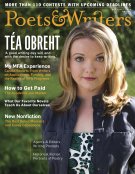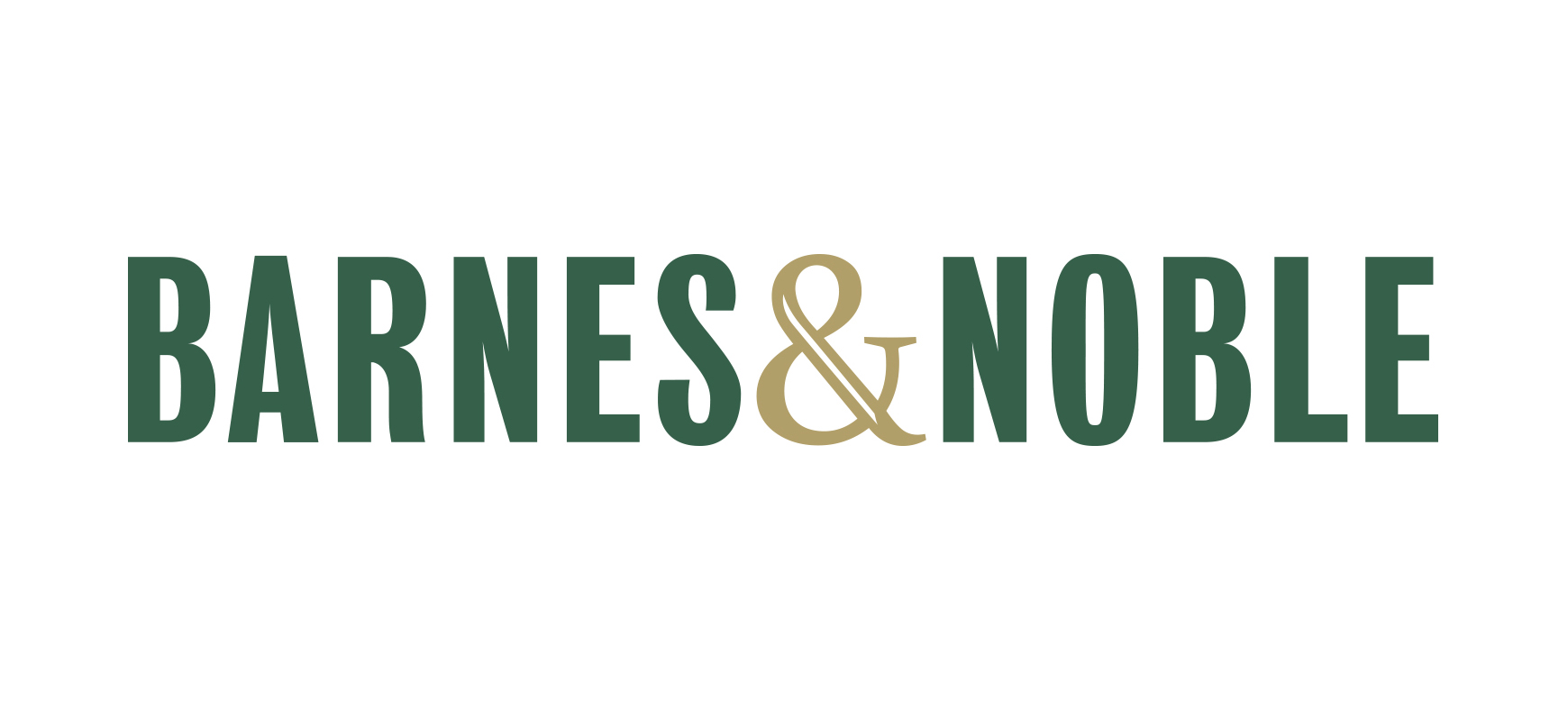Can James Daunt save Barnes & Noble? This is the question on the minds of publishing insiders in the wake of news earlier this summer that a hedge fund had bought Barnes & Noble for $683 million and installed Daunt, who oversaw the successful turnaround of the British book chain Waterstones, as the new CEO of the largest surviving bookstore chain in the United States.
Daunt will certainly have his work cut out for him. Facing withering competition from the online retailer Amazon as well as from newly resurgent independent bookstores, Barnes & Noble has shuttered 150 stores over the past decade—at its peak, in 2008, the chain operated 726 stores nationwide—and seen its stock price plummet from $30 a share in 2006 to just $4 a share before it was bought in June by New York City–based Elliott Management.
But Madeline McIntosh, CEO of Penguin Random House in the United States, says she is heartened that the chain will now be helmed by Daunt, a former JP Morgan banker who founded Daunt Books, a small British bookstore chain, before taking over at Waterstones in 2011. “He was an independent bookseller in the U.K. and then became the head of Waterstones, and I think that having that depth of experience should give us all a sense of optimism,” McIntosh says.
Once pilloried for crowding out quirky independent bookstores with its mall-based superstores, Barnes & Noble is now viewed by writers and publishing industry experts as a bulwark against Amazon, the online behemoth that now claims more than half of all sales of books in the United States and has opened nearly twenty brick-and-mortar stores in the past four years. The survival of Barnes & Noble is doubly important to authors of literary novels and children’s books, whose success depends largely on the kind of leisurely browsing that is hard to do on a screen.
Online platforms like Amazon, where sales are largely driven by web searches and by algorithms designed to direct customers to books similar to ones they’ve already bought, can be hostile to debut fiction or creative nonfiction, which often isn’t in any obvious way similar to books a reader has already purchased.
Novelist and journalist Douglas Preston, president of the Authors Guild, likens Amazon’s curation to “a kind of censorship of the market” that threatens to drown out unpopular opinions and underrepresented voices. “You walk into a physical bookstore, unlike Amazon, and you see all these books together, some of which you’re going to agree with and some you’re not,” Preston says. “With Amazon, they have algorithms. They’ll only show you the books they think you want to see, and that’s a serious problem because we’re becoming balkanized in our thinking. When you go into a bookstore, there’s no balkanization. All the books are right there.”
Independent bookstores, which have thrived in recent years by tailoring their book selection to their local areas, emphasizing a personalized approach to curation, as well as adding cafés and wine bars and hosting readings and book talks, have picked up some of the slack created by the closure of Barnes & Noble locations and the 2011 bankruptcy of its onetime rival Borders. The American Booksellers Association now claims 1,887 members, who run 2,524 stores, up 53 percent from the 1,651 stores ABA members owned ten years ago, according to figures compiled in May of this year.
At Waterstones, Daunt seemed to draw on his experience as an independent bookseller, shuttering underperforming locations and giving store managers the power to order books that might not appeal to customers at other locations. In interviews earlier this summer, Daunt suggested he may try a similar approach at Barnes & Noble. “The main thing is that there isn’t a template; there’s not some magic ingredient,” he told the New York Times. “The Birmingham, Alabama, bookshop, I imagine, will be very different from the one in downtown Boston. They don’t need to be told how to sell the exact same things in the exact same way.” (Barnes & Noble directed press inquiries to Elliott Management, which did not respond to multiple requests for comment.)
But such a strategy can take the chain only so far, industry experts warn. Indie booksellers are local entrepreneurs who in many cases are choosing a pleasant working life among books over a potentially more lucrative career in another field, notes Mike Shatzkin, coauthor of The Book Business: What Everyone Needs to Know (Oxford University Press, 2019). Barnes & Noble, on the other hand, is a national corporation with more than six hundred retail locations, most of them large and built for a mass audience. “That’s not going to change because they made the store look sprucier or because they changed the selection of books somewhat,” Shatzkin says.
Barnes & Noble’s core problem, Shatzkin says, is that its business model—drawing customers by having more books at better prices than smaller shops could possibly manage—has been outmoded by the e-tailing revolution, which allows shoppers to carry the world’s largest mall in their hip pocket. “I think the large store is a dinosaur,” he says. “It was built for another paradigm. It was built for, ‘I want to find what I need and I don’t want to go six places looking for it,’ which is not something anyone under thirty relates to.”
Still, authors and publishing houses alike have good reason to hope Daunt can make a nationwide bookstore chain work in an online shopping era. Barnes & Noble is a key player in the publishing ecosystem, industry experts say, because it has an efficient supply chain and sells books in parts of the country where indies may not thrive. At the same time, because its stores are brick-and-mortar, it encourages serendipitous purchases that help publishers break out new authors.
“We all want Barnes & Noble to continue and to be a thriving bookseller,” says McIntosh, the CEO of Penguin Random House in the United States. “When any location closes, whether it’s a single store or a set of stores, you lose a portion of sales. There’s no way to say exactly how many sales are lost, so our goal is to ensure there is a diversity of retail options and physical locations where a consumer could choose to go.”
Michael Bourne is a contributing editor of Poets & Writers Magazine.









